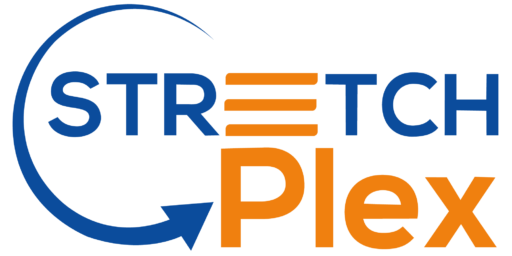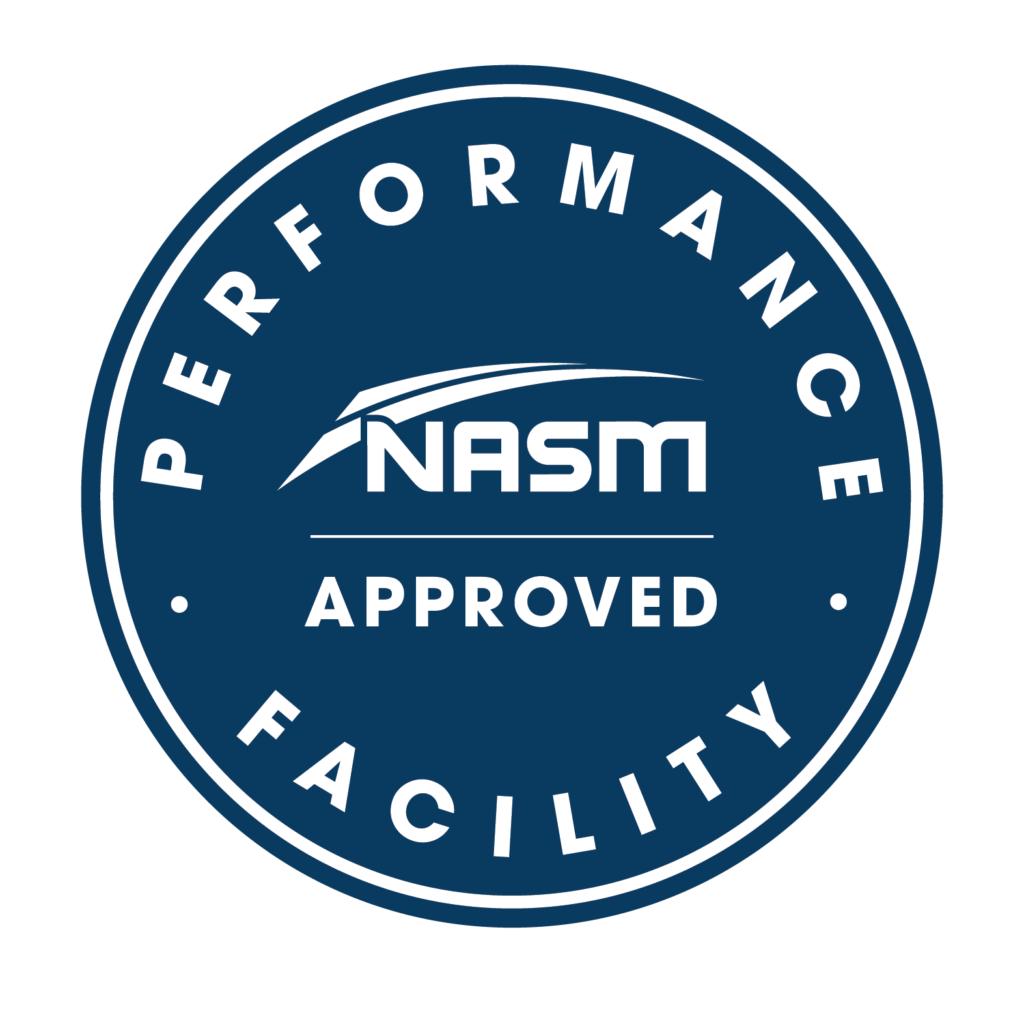What is injury rehabilitation?
When someone is recovering from an injury, rehabilitation is the process of helping them heal and regain strength and function. Personal training can play a crucial role in this process by creating customized exercise programs that focus on improving mobility, flexibility, and strength in the affected area after a formal course of physical therapy. This tailored approach helps individuals recover faster and more effectively, leading to success stories of overcoming injuries and getting back to their normal activities.

Importance of personal training in rehabilitation
Personal training is crucial in rehabilitation because it offers tailored exercises and guidance to assist individuals in regaining strength and mobility. One-on-one sessions allow for personalized attention and the ability to focus on specific needs, ensuring a customized approach to recovery. A skilled personal trainer can create a program that targets the areas needing improvement, gradually advancing as progress is made. Consistent supervision and support from a trainer can boost motivation and adherence to the rehabilitation process.
How personal training aids in recovery
Personal training plays a crucial role in aiding recovery from injuries. Here’s how it can help you:
1. Customized Plans: Personal trainers design specialized workout plans tailored to your injury and fitness level.
2. Targeted Exercises: They incorporate exercises focusing on strengthening the injured area and improving flexibility.
3. Monitoring Progress: Trainers track your progress, adjust the workout intensity, and ensure safe rehabilitation.
4. Motivation and Support: They provide encouragement, motivation, and a positive attitude, essential for a successful recovery journey.
Success stories of injury rehabilitation
People often succeed in injury rehabilitation with the help of personal training. These success stories show how individuals have overcome their injuries with personalized training programs. Personal trainers work closely with clients to create tailored workout plans that focus on strengthening weak areas, improving flexibility, and preventing future injuries. These stories highlight the importance of dedication, persistence, and the guidance of a skilled trainer in achieving successful rehabilitation outcomes.
Role of personalized training programs
Personalized training programs play a crucial role in injury rehabilitation success stories. They are tailored to meet the specific needs of individuals recovering from injuries. These programs focus on targeting areas that need improvement, strengthening muscles, enhancing flexibility, and improving overall physical well-being. With personalized training, individuals receive guidance and support from a professional trainer, ensuring that exercises are performed correctly and safely to aid in the recovery process.
Integrating strength training in rehabilitation
People who undergo injury rehabilitation may benefit greatly from incorporating strength training in their recovery process. Strength training can aid in regaining muscle strength, improving overall body function, and enhancing recovery speed. Fitness instructors can tailor programs to suit individual needs, ensuring safe and effective progress towards rehabilitation goals.
Benefits of cardiovascular exercises
Cardiovascular exercises are great for improving heart health, increasing stamina, and burning calories. They can also help reduce the risk of heart disease, improve circulation, and boost energy levels. Examples of cardiovascular exercises include running, swimming, cycling, and jumping rope. Engaging in these activities can contribute to weight loss and overall well-being.
Importance of flexibility training
Flexibility training plays a vital role in injury rehabilitation by improving the range of motion in your muscles and joints. This type of training helps you move easier and with less pain, reducing the risk of future injuries. It also enhances your overall athletic performance and promotes better posture. Remember, flexibility is key to a successful recovery and maintaining a healthy, active lifestyle.
Nutrition in injury rehabilitation
Nutrition plays a vital role in injury rehabilitation. Eating a balanced diet rich in protein, vitamins, and minerals can aid in the healing process. Including foods that are high in antioxidants and anti-inflammatory properties can help reduce swelling and promote tissue repair. Hydration is also key for ensuring proper muscle function and overall recovery. Incorporating these dietary changes alongside personalized training programs can significantly optimize your rehabilitation outcomes.
Tips for a successful recovery
Your recovery journey after an injury can be smoother with the right approach. Here are some tips to help you achieve a successful rehabilitation:
- Set realistic goals: Break down your recovery into achievable milestones.
- Stay consistent with your exercises: Regularly attend personal training sessions to strengthen your body.
- Listen to your body: Rest when needed to prevent setbacks.
- Maintain a positive mindset: Believe in your ability to overcome challenges.
- Communicate with your trainer: Keep them updated on your progress and any concerns.
By following these tips, you can increase your chances of a successful recovery and witness your progress along the way.


